

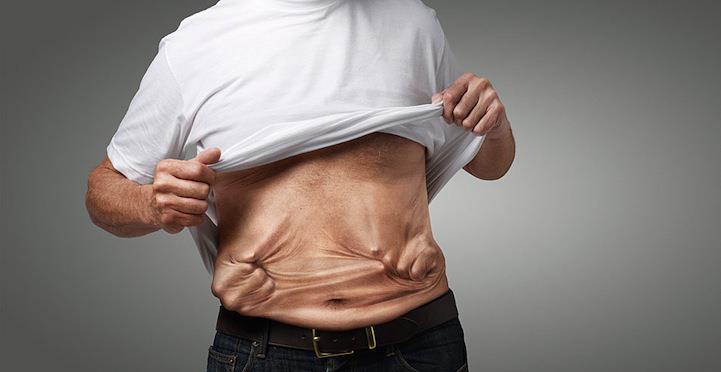

NISSAN DESIGN CREATIVE STUDIOS
blue forest

QUBIT AI – International Electronic Language Festival – Art and Technology
QUBIT AI | quantum & synthetic ai
Electronic Language International Festival
July 3rd to August 25th
Tuesday to Sunday, 10am – 8pm
FIESP Cultural Center
Design: André Lenz
Image: Iskarioto Dystopian AI Films – Athena
QUBIT AI
In its 25 years of existence, the International Electronic Language Festival (FILE) is an internationally renowned Brazilian project that since 2000 has explored the intersection between art and technology. With more than two decades of history, the festival stands out for fostering exhibition spaces and debate about artistic innovations driven by disruptive and innovative technologies, inviting the public to get involved with experimental forms of art that challenge the boundaries of conventionality. Currently, two of these technologies stand out in the contemporary scenario: the accelerated development of quantum computing and artificial intelligence corroborated by synthetic data.
Quantum computing, an emerging revolution in the technological field, offers a new range of creative possibilities for contemporary artists. This new era allows the exploration of unprecedented frontiers through a new computational format that consists mainly of quantum superposition and entanglement, a new field of exploration for synthetic computer science, as well as for the arts in general; on the other hand, artificial intelligence, fueled by synthetic data, offers artists a new way of making and understanding art, opening up space for new forms, concepts and artistic expressions.
Entitled QUBIT AI, the exhibition delves into this unexplored territory presenting a selection of works of art resulting from the connection between artistic creation and technology, proposing a theoretical reflection on what the interrelationship between quantum computers and synthetic artificial intelligence will be.
Visitors will be invited to experience immersive installations, experimental videos, digital sculptures and other forms of interactive art, which intertwine reality and imagination. The exhibition encourages reflections on the influence of technology on art and contemporary society, while at the same time providing an environment to compare already established technological arts (analog and digital) with the possible futures of art in the synthetic era, enhanced by quantum computing. The QUBIT AI exhibition at FILE SP 2024 transcends the mere presentation of works of art; it is a journey to the limits of human creativity, driven by the convergence of art, science and technology.
Ricardo Barreto and Paula Perissinotto
co-organizers and curators of FILE
International Electronic Language Festival
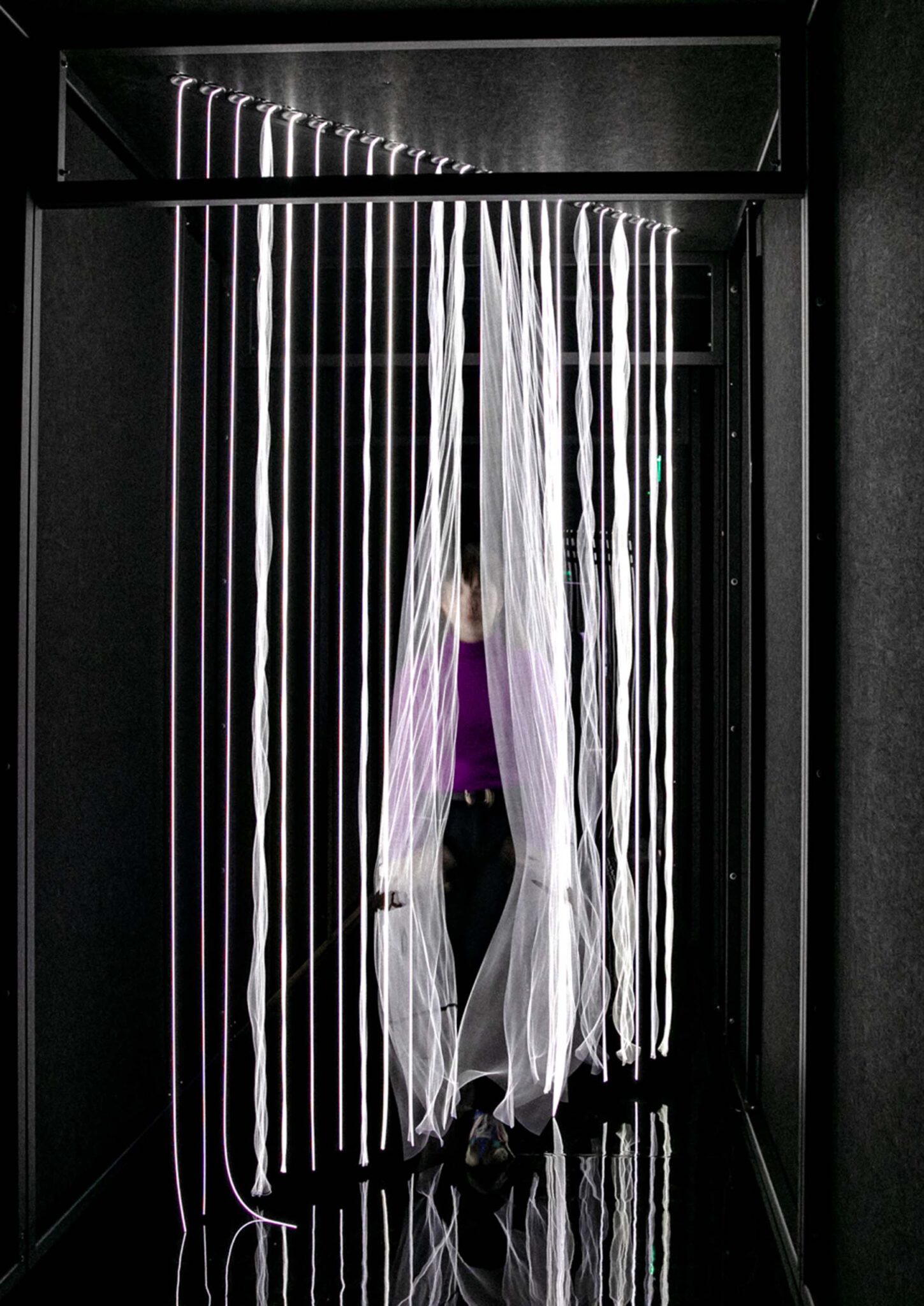
QUBIT AI: Marc Vilanova
Shell of
FILE 2024 | Installations
International Electronic Language Festival
Marc Vilanova – Cascade – Spain
Waterfalls are a continuous source of infrasonic frequency found in nature. Although inaudible to humans, they play a crucial role in ecosystems, especially for migratory birds who use them as a compass. However, many waterfalls have lost their frequencies due to climate change. The work creates an immersive experience in which the audience interacts with the visualization of sound waves, experiencing the vibration of sound through illuminated strings.
Bio
Marc Vilanova is a sound and visual artist who works at the intersection of art, science and nature. Vilanova’s artistic production has always been led by a spirit of innovation fueled by an interest in new media. His practice combines sound/light installations, performance, and sculpture.
Credits
This work was partially carried out within the scope of the EMAP program at gnration, with the support of the Creative Europe Culture Programme, the Avatar Center in Quebec City and the Ramon Llull Institute.
Photo:
Eloise Coomber

QUBIT AI: Marc Lee & Shervin Saremi
Speculative Evolution, Prototype 1
FILE 2024 | Installations
International Electronic Language Festival
Speculative experiment on a future ecosystem under strict control. The narrative takes place in a simulation, 30 years in the future, where artificial intelligence and synthetic biology collaborate to optimize an environment for cultivated species. An AI-powered simulator helps visitors generate new species to balance the ecosystem. Inspiration comes from the book Under the White Sky by Elizabeth Kolbert and artists’ stories about life on a damaged planet.
Bio
Marc Lee is a Swiss artist focused on real-time rendered audiovisual installations, AR, VR and mobile applications, critically exploring creative, cultural, social, ecological, political and speculative themes. His work has been exhibited in important museums and new media art spaces. Shervin Saremi is an Iranian musician and audio engineer specializing in sonic computing, procedural sound design and production. Currently researching immersive audio at UdK Berlin.

QUBIT AI: Hassan Ragab
Audio Responsive Treehouse
FILE 2024 | Architectural Synthetics
International Electronic Language Festival
Hassan Ragab – Audio Responsive Treehouse – United States
This work, created using generative artificial intelligence tools, is part of a broader exploration into discovering architectural forms through the intersection of different media. Potential shapes are generated based on the rhythms and timbres of the Shockone vs. Shockone song Run. The Bloody Beetroots. Factors such as camera movement and dynamics between the interior and exterior of the treehouse contribute to the creative process.
Bio
Hassan Ragab is an interdisciplinary media artist, architect and designer whose work focuses on the synergy between art, architecture, technology and humanity. He uses generative artificial intelligence to create a new visual language, and his work is exhibited globally. Additionally, Hassan writes about the integration of new media into art and design and has been recognized in numerous publications and news outlets.

QUBIT AI: Leilanni Todd
Floating
FILE 2024 | Aesthetic Synthetics
International Electronic Language Festival
Leilanni Todd – Floating – United States
Floating explores the concept of surrendering and freeing oneself by allowing oneself to float, symbolizing overcoming adversity and mastering self-confidence. Inspired by her grandmother’s journey to overcome her fear of water through swimming, the work uses water and sea creatures as symbols of resilience and transformation. The personal narrative behind the work adds depth to its exploration of overcoming fears and discovering inner strength.
Bio
Leilanni Todd is an award-winning creative director with extensive experience in advertising, fashion and new media. Originally from Toronto and now based in New York, she harmoniously integrates art, technology and culture into her work. Through her FLOAM WORLD platform, Leilanni creates surreal narratives, reimagines traditional norms in fashion and advertising, and addresses complex human issues with humor and creativity.

QUBIT AI: Kelly Luck
Kelly Luck
Strangeland 1 (excerpt)
FILE 2024 | Aesthetic Synthetics
International Electronic Language Festival
Kelly Luck – Strangeland 1 (excerpt) – United States
From a surrealist point of view, the main attraction of generative AI, for the artist, is its lack of memory. At any given moment, she only has the current frame and instructions on how to proceed, similar to free association in dreams. This work is part of a series of long-term environments designed to immerse the viewer in a constantly evolving and never-ending landscape, inviting relaxation and engagement.
Bio
As part of the first generation to grow up around computers, Kelly Luck quickly became fascinated with the creative possibilities of this new technology. Her journey has ranged from pixel art and graphic ‘hacks’ to the 90s demoscene, 2D and later 3D graphics, and now the modern tools of digital art. With the emergence of generative AI, it endlessly explores how technology continues to blur the line between imagination and reality.

QUBIT AI: Arnaud Weber
NNY 43 – New York 43
FILE 2024 | Aesthetic Synthetics
International Electronic Language Festival
Arnaud Weber – NNY 43 – Nouvelle New-York 43 – Switzerland
In this short created with Midjourney, Runway and DaVinci Resolve, a futuristic megacity sprawls across an exoplanet, reflecting humanity’s limitless expansion. This fascinating and immense city of tomorrow explores the challenges and wonders of a civilization that goes beyond the limits of human habitation. The work offers a captivating reflection on the future of our societies and the impact of our growth in new and unexplored worlds.
Bio
Arnaud Weber, creative director and founder of Le Village Design has been a pioneer in generative digital art since the 2000s. Educated at École Boulle, his work ranges from Parisian design agencies to international recognition, especially through art and films generated by AI. His projects exemplify the fusion between technology and creativity, questioning the future of organic creativity in the digital age.

QUBIT AI: AESTHETIC SYNTHETIC FILE – São Paulo 2024 – Art and Technology
FILE 2024
QUBIT AI | quantum & synthetic ai
Electronic Language International Festival
July 3rd to August 25th
Tuesday to Sunday, 10am – 8pm
FIESP Cultural Center
Design: André Lenz
Image: Iskarioto Dystopian AI Films – Athena
QUBIT AI
In its 25 years of existence, the International Electronic Language Festival (FILE) is an internationally renowned Brazilian project that since 2000 has explored the intersection between art and technology. With more than two decades of history, the festival stands out for fostering exhibition spaces and debate about artistic innovations driven by disruptive and innovative technologies, inviting the public to get involved with experimental forms of art that challenge the boundaries of conventionality. Currently, two of these technologies stand out in the contemporary scenario: the accelerated development of quantum computing and artificial intelligence corroborated by synthetic data.
Quantum computing, an emerging revolution in the technological field, offers a new range of creative possibilities for contemporary artists. This new era allows the exploration of unprecedented frontiers through a new computational format that consists mainly of quantum superposition and entanglement, a new field of exploration for synthetic computer science, as well as for the arts in general; on the other hand, artificial intelligence, fueled by synthetic data, offers artists a new way of making and understanding art, opening up space for new forms, concepts and artistic expressions.
Entitled QUBIT AI, the exhibition delves into this unexplored territory presenting a selection of works of art resulting from the connection between artistic creation and technology, proposing a theoretical reflection on what the interrelationship between quantum computers and synthetic artificial intelligence will be.
Visitors will be invited to experience immersive installations, experimental videos, digital sculptures and other forms of interactive art, which intertwine reality and imagination. The exhibition encourages reflections on the influence of technology on art and contemporary society, while at the same time providing an environment to compare already established technological arts (analog and digital) with the possible futures of art in the synthetic era, enhanced by quantum computing. The QUBIT AI exhibition at FILE SP 2024 transcends the mere presentation of works of art; it is a journey to the limits of human creativity, driven by the convergence of art, science and technology.
Ricardo Barreto and Paula Perissinotto
co-organizers and curators of FILE
International Electronic Language Festival
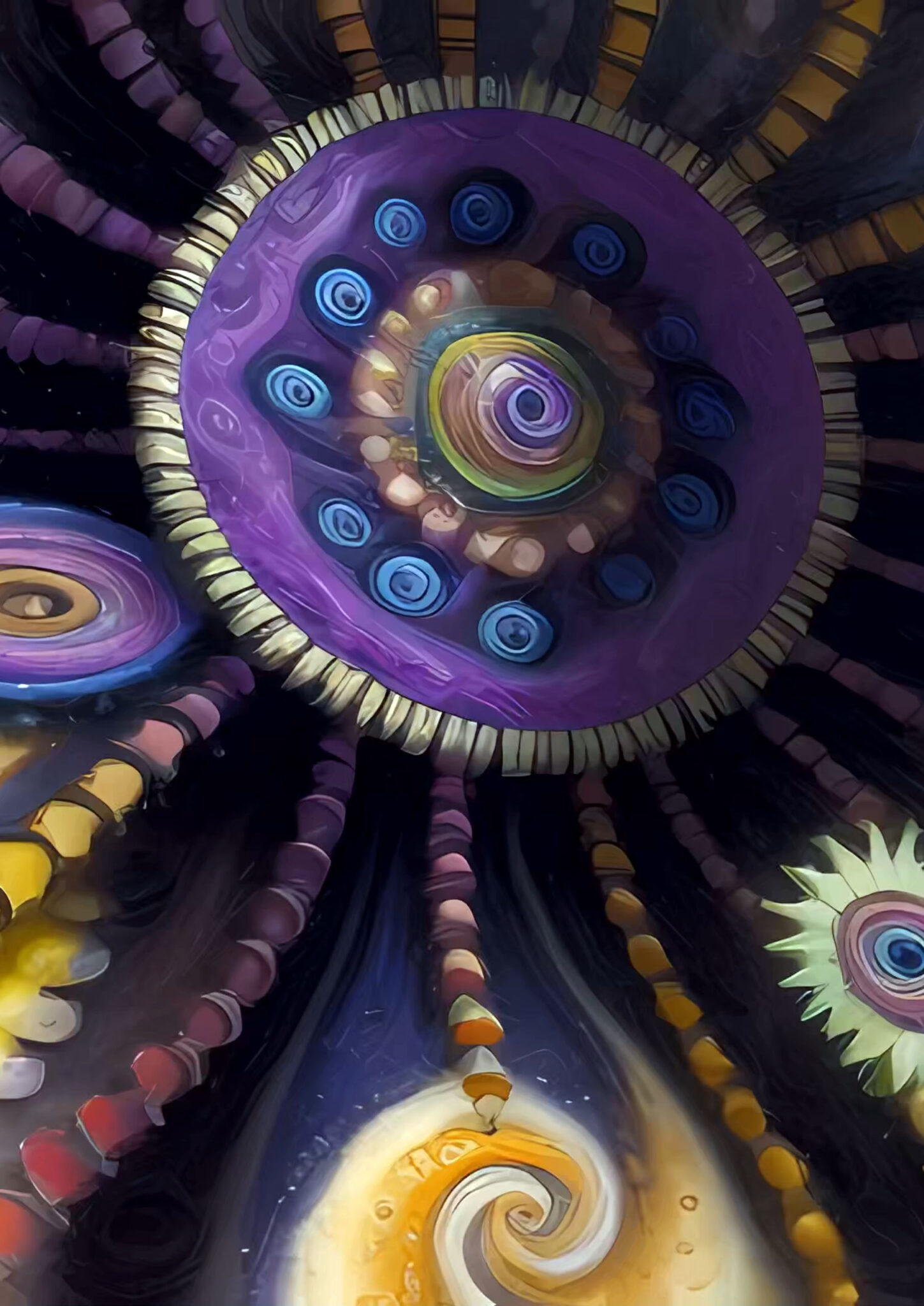
QUBIT AI: Dennis Schöneberg
Transparency
FILE 2024 | Interator – Sound Synthetics
International Electronic Language Festival
Dennis Schöneberg – Transparenza – Germany
Music controls camera settings, the weight of prompts, and the creativity of the AI. The objective of the project is to create a symbiosis between music and images, in which both elements complement and enhance each other. By directly linking musical parameters to AI creative processes, a unique audiovisual experience is created.
Bio
Dennis Schöneberg, German AI artist, data science student and developer of open source AI models, integrates his passion for electronic music into his creative endeavors. Merging art with technology, he explores the synergy between creativity and artificial intelligence.
Credits
Music: Transparenza by Michael Mayer & Reinhard Voigt

QUBIT AI: Dennis Schöneberg
Russian Roulette
FILE 2024 | Interator – Sound Synthetics
International Electronic Language Festival
Dennis Schöneberg – Russian Roulette – Germany
An incessant bass drum drives the journey through an eccentric world populated by fruity alien creatures in a cheerful and colorful environment.
Bio
Dennis Schöneberg, German AI artist, data science student and developer of open source AI models, integrates his passion for electronic music into his creative endeavors. Merging art with technology, he explores the synergy between creativity and artificial intelligence.
Credits
Music: Believe by Russian Roulette
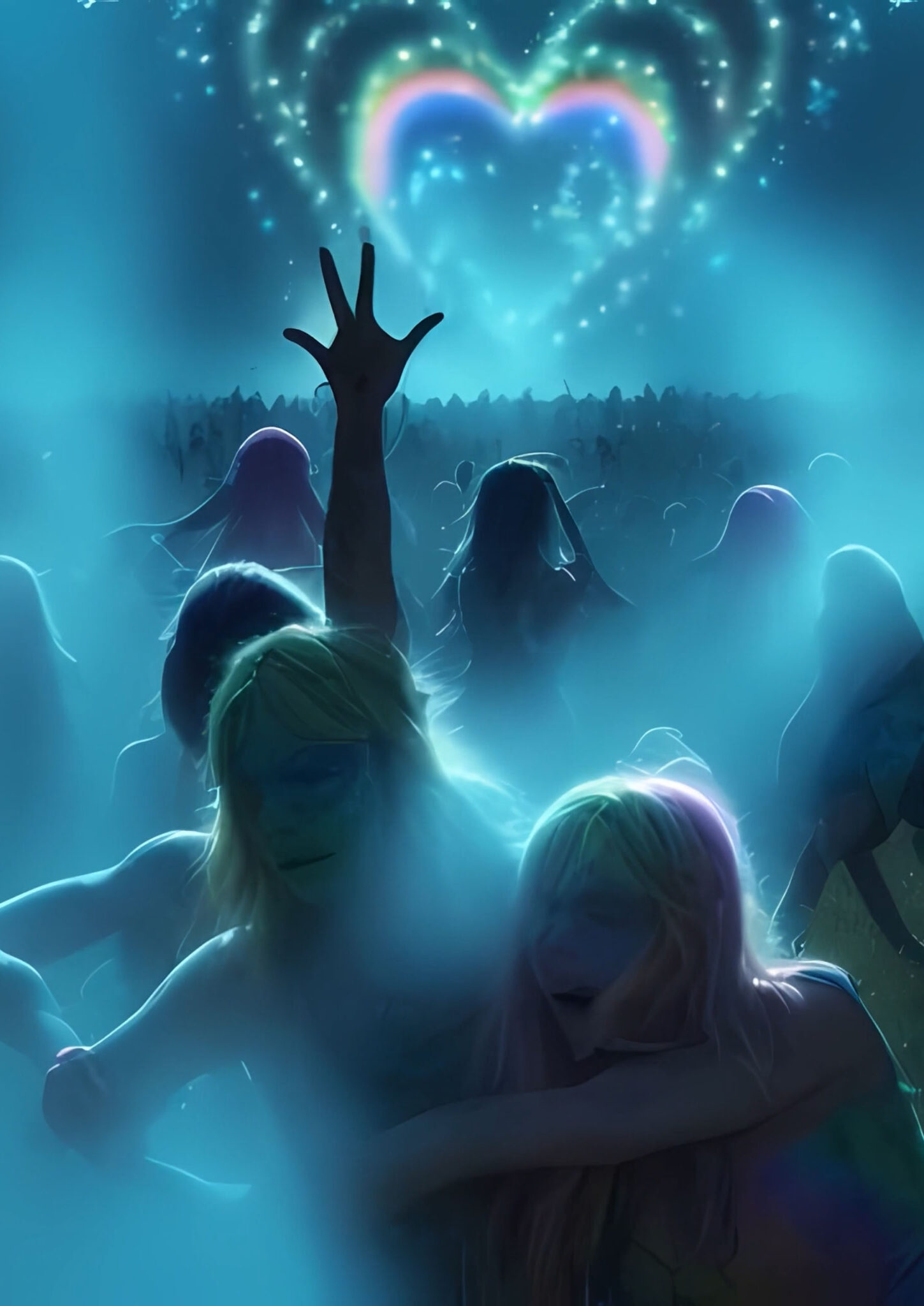
QUBIT AI: Dennis Schöneberg
N-DRA
FILE 2024 | Interator – Sound Synthetics
International Electronic Language Festival
Dennis Schöneberg – N-DRA – Germany
Created during the pandemic, N-DRA is a video that explores the nostalgia of pre-pandemic times. Through a dreamlike and psychedelic journey through the artist’s memories, it reflects feelings of loneliness, isolation and the desire for connection.
Bio
Dennis Schöneberg, German AI artist, data science student and developer of open source AI models, integrates his passion for electronic music into his creative endeavors. Merging art with technology, he explores the synergy between creativity and artificial intelligence.
Credits
Music: N-DRA by Ricardo Villalobos

QUBIT AI: Dennis Schöneberg
Bodydub
FILE 2024 | Interator – Sound Synthetics
International Electronic Language Festival
Dennis Schöneberg – Bodydub – Germany
This video experiment combines music properties with AI generation settings to create a unique audiovisual experience. The synthesizer works as a control instrument for movement in the 3D space of the video.
Bio
Dennis Schöneberg, German AI artist, data science student and developer of open source AI models, integrates his passion for electronic music into his creative endeavors. Merging art with technology, he explores the synergy between creativity and artificial intelligence.
Credits
Music: Bodydub (Bangkok Impact Remix) by Unit4
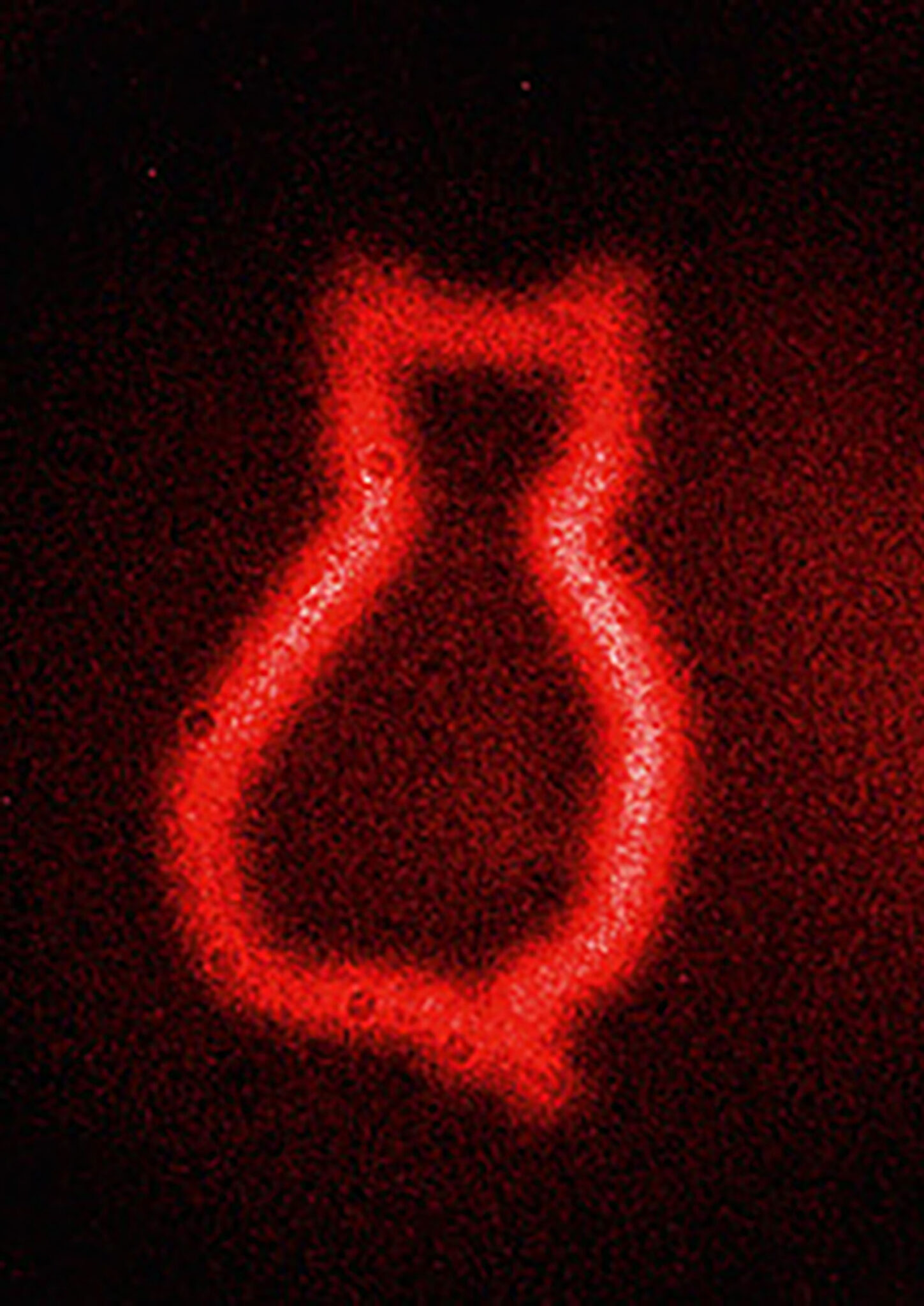
QUBIT AI: Gabriela Barreto Lemos
Quantum Photography
FILE 2024 | Quantico
International Electronic Language Festival
Gabriela Barreto Lemos – Quantum Photography – Brazil
Quantum photography technique that allows you to record images without light passing through the object.
Typically, a beam of light interacts with an object; In this same beam, the image of that object is formed, which is recorded on a camera, on paper or directly into the eye. This research used two quantumly entangled photon beams. An infrared photon was directed at a silicon wafer engraved with the image of a cat. The other photon, red, was sent on a different trajectory, did not pass through the silicon plate and was detected by an EMCCD (electron-multiplying charge-coupled device – a photographic camera with sensitivity to very low intensity light). The image of the cat engraving was recorded by the camera, which only detected the red light, which did not touch the engraving. It is the first time that an image has been captured in a beam of light that has not interacted with the object that produced the image.
The experiment, led by researcher Gabriela Barreto Lemos, was carried out at the Institut für Quantenoptik und Quanteninformation in Vienna, 2014.
The technique has potential for applications in indirect image capture, from medicine to quantum computing.
Bio
Professor at the Federal University of Rio de Janeiro, in Brazil, whose research focus is on quantum optics, with an emphasis on quantum foundations, quantum images and quantum information. Additionally, she is involved in interdisciplinary creative projects and promoting inclusion and diversity in science.
Credits
Gabriela Barreto Lemos
Vienna Center for Quantum Science and Technology
Institut für Quantenoptik und Quanteninformation
Group of Anton Zeilinger

QUBIT AI: FILE QUANTUM WORKSHOP 2024 – São Paulo – Art and Technology
FILE 2024
QUBIT AI | quantum & synthetic ai
Electronic Language International Festival
July 3rd to August 25th
Tuesday to Sunday, 10am – 8pm
FIESP Cultural Center
Design: André Lenz
Image: Iskarioto Dystopian AI Films – Athena
QUBIT AI
In its 25 years of existence, the International Electronic Language Festival (FILE) is an internationally renowned Brazilian project that since 2000 has explored the intersection between art and technology. With more than two decades of history, the festival stands out for fostering exhibition spaces and debate about artistic innovations driven by disruptive and innovative technologies, inviting the public to get involved with experimental forms of art that challenge the boundaries of conventionality. Currently, two of these technologies stand out in the contemporary scenario: the accelerated development of quantum computing and artificial intelligence corroborated by synthetic data.
Quantum computing, an emerging revolution in the technological field, offers a new range of creative possibilities for contemporary artists. This new era allows the exploration of unprecedented frontiers through a new computational format that consists mainly of quantum superposition and entanglement, a new field of exploration for synthetic computer science, as well as for the arts in general; on the other hand, artificial intelligence, fueled by synthetic data, offers artists a new way of making and understanding art, opening up space for new forms, concepts and artistic expressions.
Entitled QUBIT AI, the exhibition delves into this unexplored territory presenting a selection of works of art resulting from the connection between artistic creation and technology, proposing a theoretical reflection on what the interrelationship between quantum computers and synthetic artificial intelligence will be.
Visitors will be invited to experience immersive installations, experimental videos, digital sculptures and other forms of interactive art, which intertwine reality and imagination. The exhibition encourages reflections on the influence of technology on art and contemporary society, while at the same time providing an environment to compare already established technological arts (analog and digital) with the possible futures of art in the synthetic era, enhanced by quantum computing. The QUBIT AI exhibition at FILE SP 2024 transcends the mere presentation of works of art; it is a journey to the limits of human creativity, driven by the convergence of art, science and technology.
Ricardo Barreto and Paula Perissinotto
co-organizers and curators of FILE
International Electronic Language Festival

QUBIT AI: FILE OPENING LECTURE 2024 – São Paulo – Art and Technology
FILE 2024
QUBIT AI | quantum & synthetic ai
Electronic Language International Festival
July 3rd to August 25th
Tuesday to Sunday, 10am – 8pm
FIESP Cultural Center
Design: André Lenz
Image: Iskarioto Dystopian AI Films – Athena
QUBIT AI
In its 25 years of existence, the International Electronic Language Festival (FILE) is an internationally renowned Brazilian project that since 2000 has explored the intersection between art and technology. With more than two decades of history, the festival stands out for fostering exhibition spaces and debate about artistic innovations driven by disruptive and innovative technologies, inviting the public to get involved with experimental forms of art that challenge the boundaries of conventionality. Currently, two of these technologies stand out in the contemporary scenario: the accelerated development of quantum computing and artificial intelligence corroborated by synthetic data.
Quantum computing, an emerging revolution in the technological field, offers a new range of creative possibilities for contemporary artists. This new era allows the exploration of unprecedented frontiers through a new computational format that consists mainly of quantum superposition and entanglement, a new field of exploration for synthetic computer science, as well as for the arts in general; on the other hand, artificial intelligence, fueled by synthetic data, offers artists a new way of making and understanding art, opening up space for new forms, concepts and artistic expressions.
Entitled QUBIT AI, the exhibition delves into this unexplored territory presenting a selection of works of art resulting from the connection between artistic creation and technology, proposing a theoretical reflection on what the interrelationship between quantum computers and synthetic artificial intelligence will be.
Visitors will be invited to experience immersive installations, experimental videos, digital sculptures and other forms of interactive art, which intertwine reality and imagination. The exhibition encourages reflections on the influence of technology on art and contemporary society, while at the same time providing an environment to compare already established technological arts (analog and digital) with the possible futures of art in the synthetic era, enhanced by quantum computing. The QUBIT AI exhibition at FILE SP 2024 transcends the mere presentation of works of art; it is a journey to the limits of human creativity, driven by the convergence of art, science and technology.
Ricardo Barreto and Paula Perissinotto
co-organizers and curators of FILE
International Electronic Language Festival
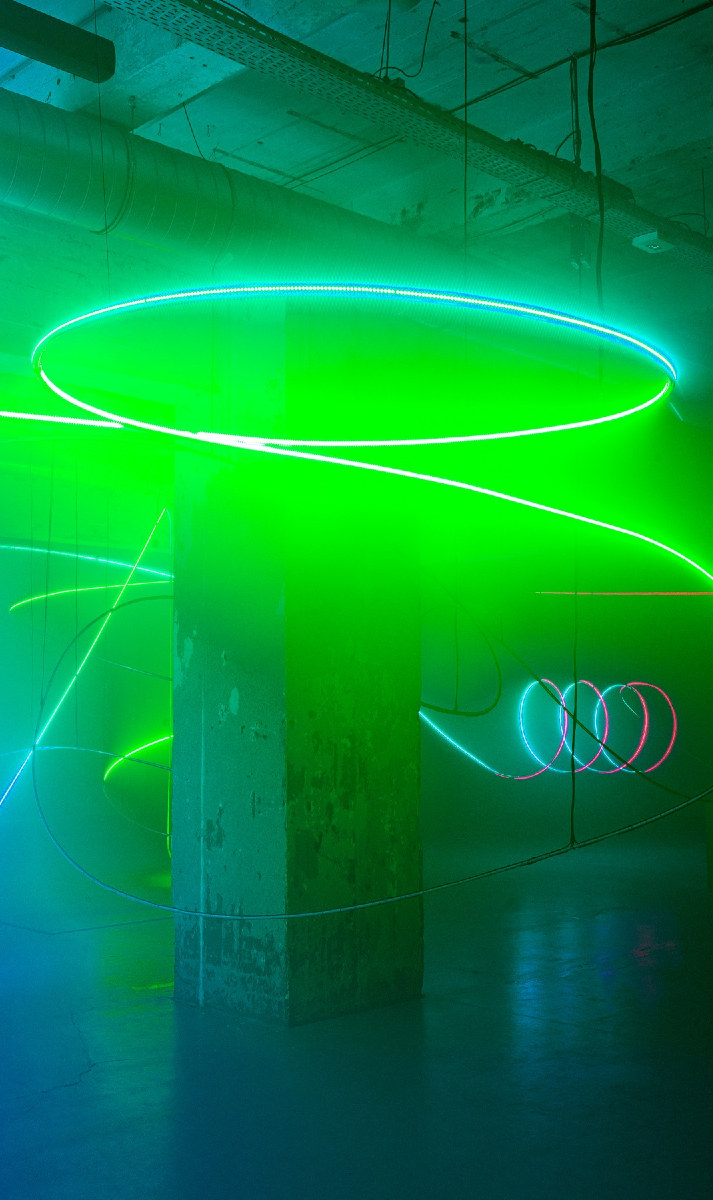

TOSHIO IWAI
Piano
Iwai’s Piano — As Image Media (1995), a later sound work, is related to these early interactive experiments. Here the user, seated at the piano, triggers a flow of images that depress the piano’s keys; a consequence of this action releases yet another flight of images. The resulting interactive installation synthesizes two different aesthetics: sounds (simple melodies), images and a mechanical object (the piano) with digital media. A projected score and computer-generated imagery transform the piano into image media, hence the work’s name. Sound is the triumphant component in these works, for it activates and shapes the visual work. But the visual aspect of Iwai’s installations is lovely. His interactive systems appeal to the creative impulses of adults and children alike with their celebration of animation, computer potential, and the joy of sound.07
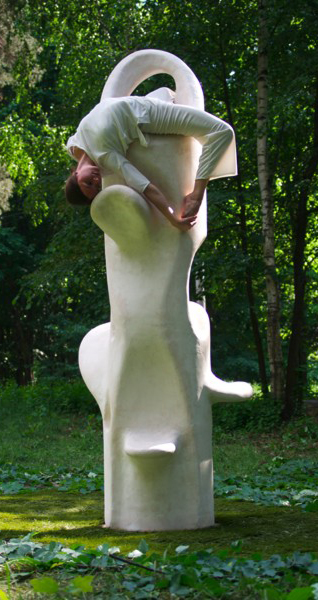
Eve Bailey
ИВ БЭЙЛИ
ENTASIS DANCE IV
My work is based on the concepts of balance and coordination. The body interests me as a perceiving mechanical structure. I use my own body as a primary tool to create pieces that experiment with equilibrium through physical, mechanical, plastic and conceptual means. My studio practice is rooted in the tradition of the artist engineer. I design and build suspended and pendular constructions that can sustain their own weight and mine as I perform with them. By climbing and inverting on the structures, I challenge my own perception and creative process.

OSKAR SCHLEMMER
أوسكار شليمر
奥斯卡·施莱默
אוסקר שלמר
オスカー·シュレンマー
오스카 슐 렘머
Оскар Шлеммер
Triadic Ballet
1-Margarete Hastings, Franz Schömbs, Georg Verden
1970
2-Super 16mm colour film, directed by Helmut Ammann.
Oskar Schlemmer saw the human body as a new artistic medium. He saw ballet and pantomimes as being free from the historical baggage of theater and opera and, therefore, capable of presenting his ideas of choreographed geometry, the man as a dancer, transformed by his costumes, moving in space. He saw the puppet and puppet movement as superior to that of the human, as this emphasized that the average of all art is artificial. This device could be expressed through stylized movements and the abstraction of the human body. Schlemmer saw the modern world being guided by two main currents, the mechanized (man as a machine and body as a mechanism) and the primordial impulse (the depths of creative urgency). He claimed that choreographed geometry offered a synthesis; the Dionysian and emotional origins of dance become rigid and Apollonian in its final form.
3-Bayerisches Junior Ballet München
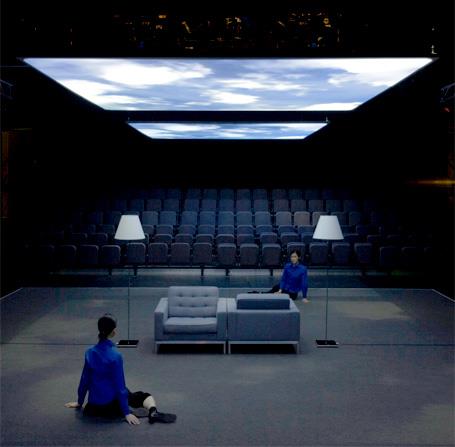
SHIRO TAKATANI
高谷史郎
史郎の高谷
La chambre claire
La Chambre Claire (or Camera Lucida) is a show built up from precise, symmetrical movements, inviting spectators to embark on a thought-provoking journey into their most intimate and personal territory. In this, his first solo work as creative artist and director, Shiro Takatani pays homage to the French writer Roland Barthes and his essay on photography, La chambre claire (1980). The result is a performance that blends theatre, the art of movement and installation to compose a great fresco full of subtle, elegant minimalist images that advance towards an aesthetic climax. Reflecting on photography and memory, the production invites us to embark upon an intimate, solitary journey to look inside ourselves and formulate a personal interpretation of what we see.
.
La Chambre Claire (oder Camera Lucida) ist eine Show, die aus präzisen, symmetrischen Bewegungen aufgebaut ist und die Zuschauer zu einer zum Nachdenken anregenden Reise in ihr intimstes und persönlichstes Gebiet einlädt. In seiner ersten Soloarbeit als kreativer Künstler und Regisseur huldigt Shiro Takatani dem französischen Schriftsteller Roland Barthes und seinem Aufsatz über Fotografie, La chambre claire (1980). Das Ergebnis ist eine Performance, die Theater, Bewegungskunst und Installation miteinander verbindet, um ein großartiges Fresko voller subtiler, eleganter minimalistischer Bilder zu komponieren, die sich einem ästhetischen Höhepunkt nähern. Die Produktion reflektiert Fotografie und Erinnerung und lädt uns ein, eine intime, einsame Reise zu unternehmen, um in uns selbst zu schauen und eine persönliche Interpretation dessen zu formulieren, was wir sehen.
.
La Chambre Claire(またはCamera Lucida)は、正確で対称的な動きから構築されたショーであり、観客を招待して、最も親密で個人的な領域への示唆に富む旅に出ます。この中で、クリエイティブアーティスト兼ディレクターとしての彼の最初のソロ作品である高谷史郎は、フランスの作家ロラン・バルトと彼の写真に関するエッセイ、ラ・シャンブル・クレア(1980)に敬意を表しています。その結果、劇場、動きの芸術、インスタレーションを融合させて、美的クライマックスに向けて前進する繊細でエレガントなミニマリストのイメージに満ちた素晴らしいフレスコ画を構成するパフォーマンスが生まれました。写真と記憶を反映して、この作品は私たちを親密で孤独な旅に乗り出し、自分自身の内部を見て、私たちが見ているものの個人的な解釈を定式化するように誘います。
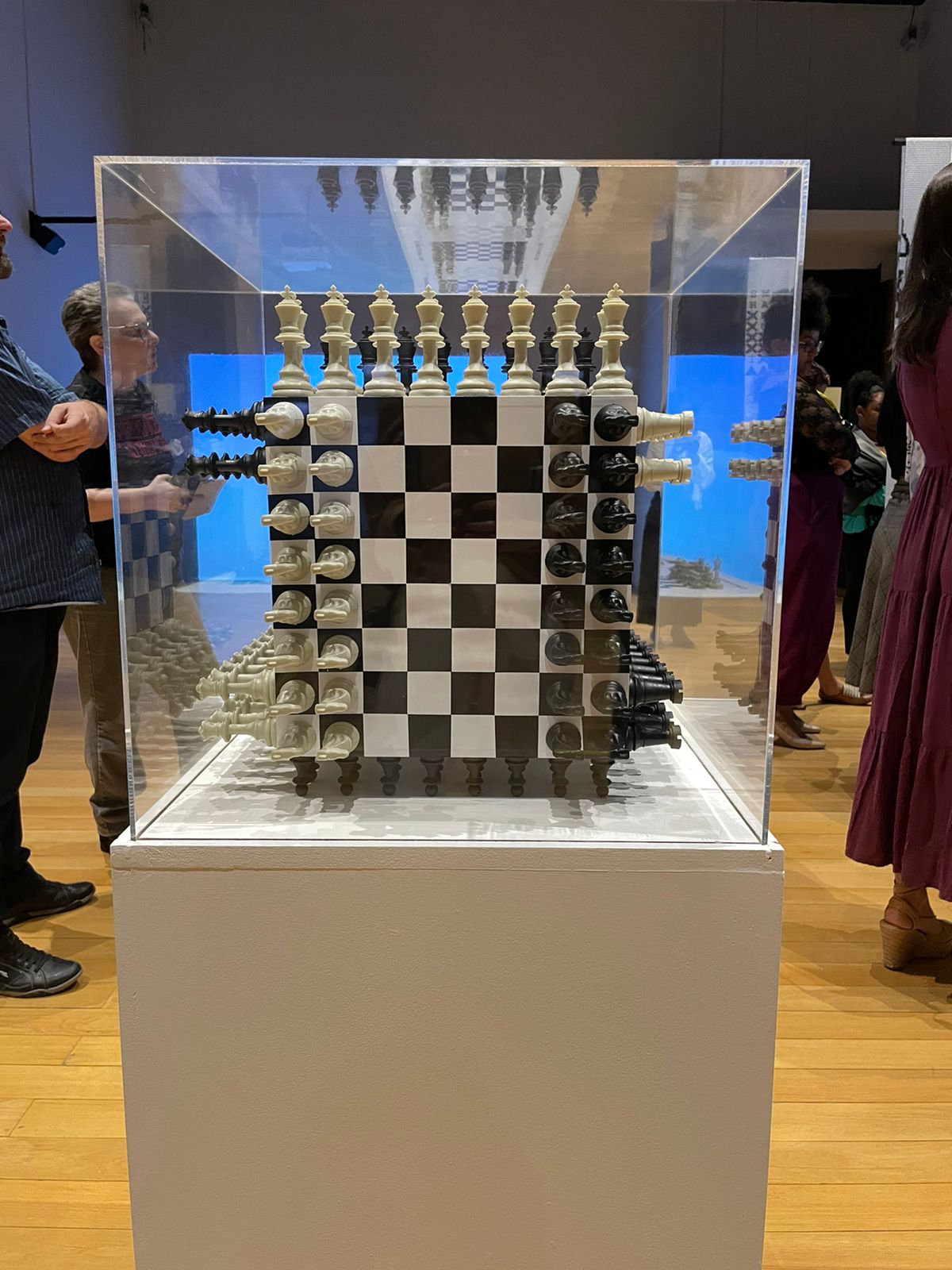
Ricardo Barreto & Raquel Fukuda
Chess Auto-Creative (Self-Replicating)
.
‘Chess Auto-Creative (CHEAC)’, takes the form of a cube where each face corresponds to an 8 x 8 chessboard. The six chessboards can also be arranged in a line to make them easier to see. There are 16 white pieces and 16 black pieces on each of the chessboards, made up of elements such as: kings, queens, bishops, knights, castles and pawns, each of which moves according to the rules of the game. However, instead of the pieces being arranged as normal, they are first set out in patterns where each element is repeated […]Each time a piece is moved to a new position, symmetrically or asymmetrically, a new variation of proto-chess is produced – in other words, a new game emerges. All games generated in this way are, in principle, variations of proto-chess – including the official chess game itself. This means that ‘Chess Auto-Creative’ is not a variant of the official chess game, but its origin.

FILE SAO PAULO 2022
FILE SAO PAULO 2022- SUPERCREATIVITY
FILE Electronic Language International Festival
July – August
Wednesday to Sunday, 10 A. M. – 8 P.M.
Centro Cultural FIESP
.
Creativity is not limited to the arts. It also takes place in all disciplines of Culture. Thus, in the aesthetic sense, it ceases to be creativity and becomes Supercreativity: the sum of all creative engines that permeate and connect to our culture.
.
A criatividade não se limita às artes. Também ocorre em todas as disciplinas da Cultura. Assim, no sentido estético, deixa de ser criatividade e passa a ser Supercriatividade: a soma de todos os motores criativos que permeiam e se conectam à nossa cultura.
.
Kreativität ist nicht auf die Kunst beschränkt. Sie findet auch in allen Disziplinen der Kultur statt. Somit hört es im ästhetischen Sinne auf, Kreativität zu sein, und wird zur Superkreativität: die Summe aller kreativen Motoren, die unsere Kultur durchdringen und mit ihr verbinden.
.
創意不僅限於藝術。 它也發生在所有文化學科中。 因此,在美學意義上,它不再是創造力,而是成為超級創造力:滲透並連接到我們文化的所有創造性引擎的總和。
.
創造性は芸術に限定されません。 また、文化のすべての分野で行われます。 したがって、美的意味では、それは創造性ではなくなり、超創造性になります。これは、私たちの文化に浸透し、つながるすべての創造的なエンジンの合計です。
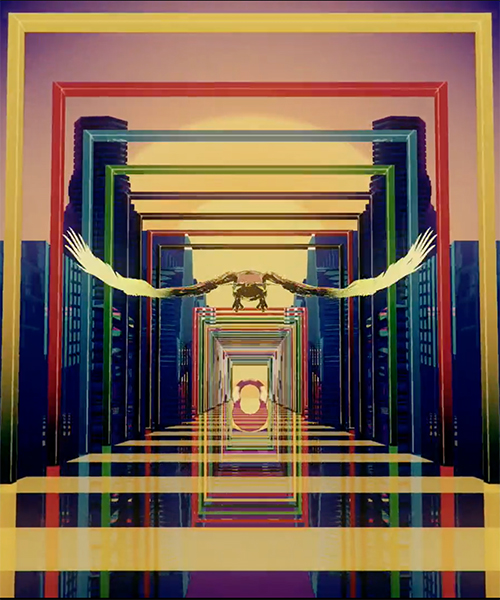
liu chang and miao jing
Hills beyond a river
Music: “CHINA-瓷” by Mickey Zhang
file festival
“Hibanana Studio is a creative art&tech studio, swinging at the intersection of audio-visual performance & installation, moving images and interactive installations. We are inventing new forms of the moving image for display surfaces of the future. A series of interdisciplinary research and practices range from video, sound, light, interaction and spatial experience leads us to artworks, commissions, and exhibition.”

Nicolas Bernier
frequencies (light quanta)
The project is part of an ongoing process entitled «frequencies», exploring basic sound and light dichotomic systems. Here, frequencies (light quanta) stems from a fascination towards science, light, and granular synthesis allowing to create clouds/grains of sounds. The conceptual focus lies in the quantum — the smallest measurable value of energy —, on the smallness of matter. The whole project is based on the possible conceptual relationships between basic quantum physics principles applied to the audio-visual creative process: particles, probabilities, wave/particle duality and discontinuity. Metaphorically structured around these notions, the audio-visual composition stems from 100 sound and light micro-sequences that develop themselves, generating an ever expending but yet disruptive form in time and space. With the use of randomness, the vectorial graphics are always creating new ways to look at the visual, physically superimposing pattern images.

Keith Lam
Heliocentric
“Heliocentric” is a lighting sculpture represents the movement of universe. It dialogues to its history (from temple to school to creative hub) and its functionality (welcoming people connect and learn the universe)
With the lighting arrangement, kinetic movement of the light, and the performer , it shows the relationship between universe, knowledge and human.

OLEG SOROKO
Substance Numérique
La technologie paramétrique permet de générer un système auto-organisateur, c’est-à-dire d’ouvrir l’essence de l’univers comme une infinie variété de systèmes auto-organisateurs possibles. Le monde est en perpétuel processus d’auto-développement, mais ce n’est pas un chaos ni un ensemble de formes connues (cube, sphère, cylindre, à partir desquelles on peut tout construire comme le croyait Cézanne). Tout dans le monde (dans la réalité physique, biologique et autre) est dans des mouvements fluides, flexibles, fluides, accélérants et décélérants qui créent des tensions, des déchirures, des champs de force. Et ils sont incroyablement beaux (les attracteurs et les fractales sont leurs symptômes individuels) et ils existent avant la forme et après la forme. Ce n’est pas un solide ou des lignes dans un espace, mais quelque chose qui se tient avant et après l’espace.

Maria Takeuchi & Frederico Phillips
asphyxia
The performance is centered in an eloquent choreography that stresses the desire to be expressive without bounds. Motion data was captured using inexpensive sensors and that data paved the way through an extensive number of steps. Once all the scanned point cloud data were combined, they were used as the base for the creative development on the piece. A series of iterative studies on styles followed and several techniques and dynamic simulations were then applied using a number 3D tools for various results.

YANN MARUSSICH
der Würfel
„The cube“ ist der zweite Teil des neuen kreativen Zyklus der Performerin. Immer auf der Suche nach den Grenzen des Körpers, versinkt er buchstäblich im Beton.
.
“The cube” is the second part of the performer’s new creative cycle. Always looking for the limits of the body, it literally sinks into the concrete.
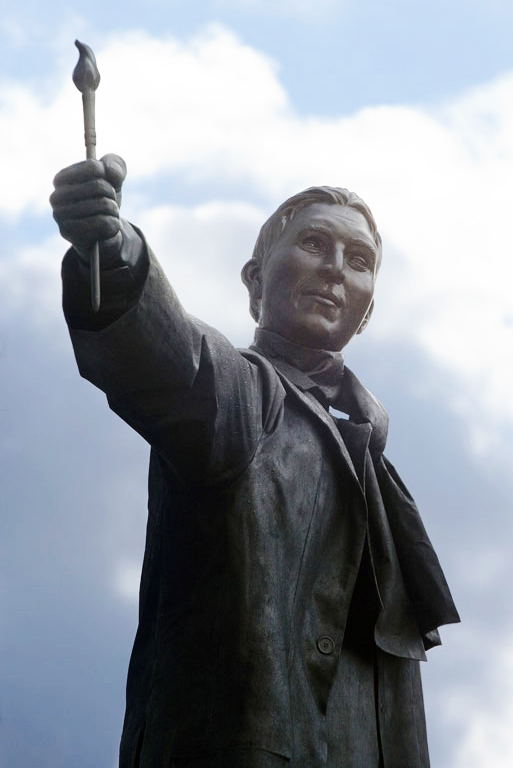
Greyworld
Monument to the Unknown Artist
At first glance, Monument to the Unknown Artist appears to be a simple bronze statue, dressed in a neck scarf and loose fitting suit. However, the six meter monument seeks inspiration from passers-by, inviting them to strike poses which he copies, continually changing his form in a light-hearted and mischievous way. The unique sculpture offers an alternative and accessible creative experience for the public allowing them to create a dialogue with the work of art.
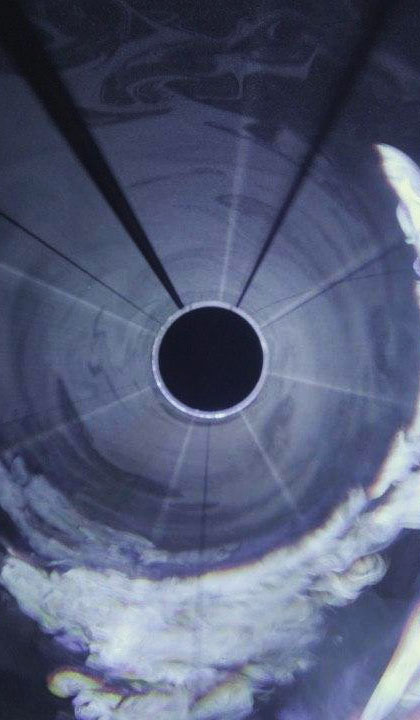
SETUP
Tube
S E T U P is a stage design and lighting design international studio founded by Znamensky Dmitry, Novikov Stepan and Zmunchila Pavel. The studio works in the field between contemporary art, lighting design and programming with a mission to explore the expressive opportunities provided by new digital technologies. S E T U P aims to create installations and multimedia works that can sharpen the physical perception of the environment and help explore more possibilities of image manipulation. Our creative product is high-tech multimedia work, concepts and laser installations. Our studio is open for experiments and is ready to cooperate with various artists to find the right visual interpretations for their work.
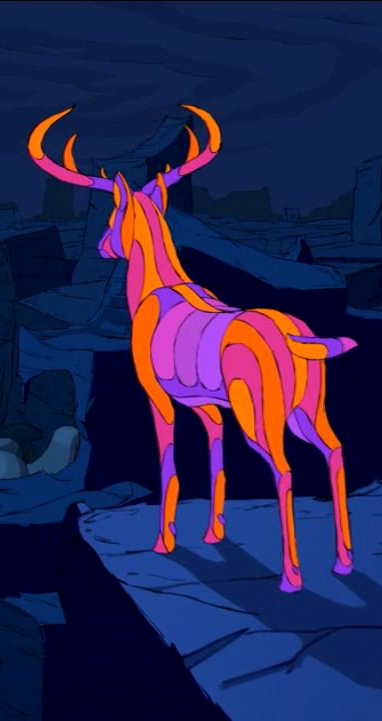
ANTHONY FRANCISCO SCHEPPERD
Blockhead
“Anthony is an animator whose drawings pulse with energy surging from one subject matter to another. His surreal visuals have the foundation of solid drawing and his rough animation style really compliments his creative visual ideas.” Ege Birik

UVA United Visual Artists
Great Animal Orchestra
The Fondation Cartier invited United Visual Artists to collaborate on The Great Animal Orchestra, exhibition that celebrates the work of musician, bio-acoustician and scientist Bernie Krause. Krause has been recording animals for 45 years and has amassed a collection of more than 5,000 hours of sounds recording of over 15,000 individual species in their natural habitats from all over the world. UVA’s creative approach linked together the various exhibition content elements throughout the basement space — soundscapes, spectrograms and art works — into a cohesive, immersive experience that three-dimensionalises Krause’s recordings and suggests scenes from the natural world. The spectrograms form an abstract landscape, an interpretation of the various global locations and times of day that Krause made the original recordings in a way that envelops the audience and encourages them to linger in the space.

INES ALPHA
antivirus mask and 3d makeups
“She tries to fantasize what complete aesthetic freedom of one’s appearance would look like. Her goal is to encourage a fun and creative approach to make up and self expression. By completely thrashing all preconceptions of what make-up is and how it’s used, Ines collaborates with various artists, musicians and models to produce her own fantastical versions of reality“. Teo Sandigliano

Ryoichi Kurokawa
s.asmbli[wall]
Get immersed by 360° projections on a gigantic cube at OCT Loft Creative Festival and surround yourself with the power of nature. Thanks to a well-chosen combination of front and rear projection screens, you can enjoy the immersive fabric projections from every possible angle. To enhance the immersive 360-feel, several mirrors were placed around the eye-catching sculpture, reflecting the high-quality video mapping beautifully.

SIMON CHRISTOPH KRENN
Parasitic endeavours
Simon Christoph Krenn’s 3D animation, Parasitic Endeavours, initially started out as the creative wanting to explore distorted perspectives on human evolution. “I think my main inspiration came from nature and its creative forces themselves. I used to study zoology at university and was especially fascinated by evolutionary biology and the development of animal morphologies. I realized the video’s strange and somehow creepy potential and decided to push the animation even more into this direction.”

Art+com
Chronos XXI
Chronos the god of time, permanently destroys and recreates. He who symbolises evanescence and return, was the thematic point of departure for the creation of the kinetic media installation Chronos XXI. The piece is a ‘finger exercise on antiquity’ by our Creative Director Joachim Sauter and was created during his residency at Villa Massimo in Rome. A pendulum continuously swings in front of a monitor. This motion controls the slow synthesis and destruction of depictions of Chronos on the monitor. Chronos appears in various interpretations by painters of the late Renaissance, Baroque and Classicism – as a man who disrobes Veritas, as a performer of volatile music, or docking Cupid’s wings, or as children and crop eating, a scythe and an hour glass carrying, beardy and winged old man.
video

Whyixd
Through the Membrane
We define the space around us by observing and perceiving light and shadow. That is to say, our perception shapes our basic understanding of this sensory world, and hence the “reality” we believe in. If our experiential knowledge and awareness of space are challenged, would our definition of a “real phenomenon” also be changed? Through the Membrane utilizes optical polarizers to change how light passes through space. The installation does not rely on any electromechanical devices. Simply with creative use of material and structure, it presents a super-sensory experience in space where reality and illusion are inextricably juxtaposed.

minD
Vortexture
Vortexture puts forward an architecture that is agile, activity-based and challenges our ideas of organization and static typologies. Materializing permeant physical form – it is a space that is constant fluctuation. There is no final typicality; it’s an architecture in a process that regenerates and adapts with the change in space and time. Vortexture is a proposal for a new work environment simulated and tested via agent models and developed as a new kind of the urban district as a creative industry hub. Vortetute is time-sensitive. Vortexture is season sensitive. On weekdays, the office orients itself to create a user interface that is productivity-based, while during the weekend, the floor plan reshuffles itself to enhance creativity-based plan allowing more communal areas and meeting zones.

Klaus Obermaier
Face IT
The interactive installation FACE IT displays and exposes local people in a communicative setting where they are able to interact with faces of themselves or of other participants and at the same time become creative players and the stars of the artwork. This interactive situation not only creates a strong interplay between facial expressions and body movements, it also enhances these expressions and in the very best moments it creates a unique nonverbal language.
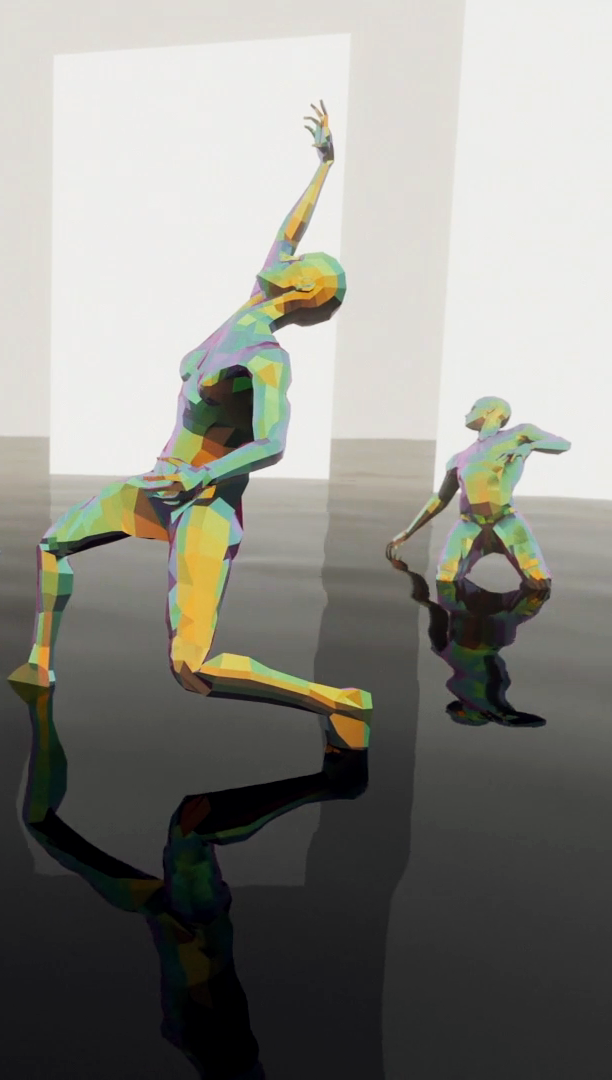
Joe Hambleton
Stasis in Flux
“Stasis in Flux is an experimentation of animation’s potential to mimic the real. I began by building a functional zoetrope within 3D space to test if persistence of vision is replicated accurately. From this experiment I realized 3D animations potential to go beyond the physical limits of the real, allowing me to coordinate movements between both the camera and the zoetrope to replicate much more advanced cinematic techniques. The result is a carefully choreographed animation that represents the ebb and flow of the creative process.” Joe Hambleton

Ross Goodwin
Automatic On The Road
Technologist Ross Goodwin takes his creative writing, artificial intelligence robot car across-country to write its version of the American literary road trip. What does creative authorship mean for A.I.?
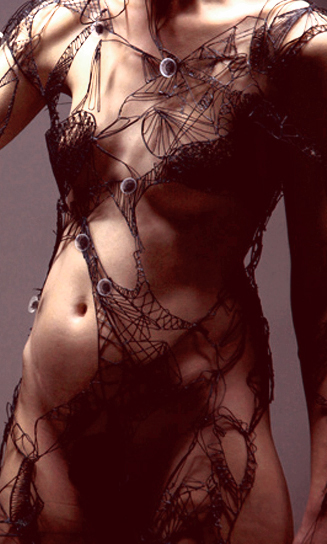
CLIVE VAN HEERDEN AND JACK MAMA
Skin Sucka
A project conceived with Clive van Heerden, Jack Mama (Philips Design Probes) and Bart Hess, Skinsucka explores a vision of our nano technology future whereby bio technology and robotics come together to question our attitudes of a synthetic future. Skinsucka reveals a future where microbal robots live in our shared spaces and autonomously they will undertake menial tasks such as cleaning our homes by eating the dirt. ‘Skinsuckas’ clean the skin, removing the vestiges of make up and providing the remedies to combat the excesses of the night before They swarm over the body extruding metabolized household dirt, dressing the body in a daily ritual of real time, customized manufacture – yesterday’s discarded clothing ready for recycling.” Clive and Jack’s work has consistently brought very diverse skills together in new innovation processes. In the late 1990’s they took designers and other creative skills into Philips Research labs in the Redhill, London and New York and created a specialist studio in London to develop the skills, materials and technologies for a host of Wearable Electronic business propositions in the areas of electronic apparel, conductive textiles, physical gaming, medical monitoring and entertainment.

Bryant Nichols
Forms II
Mount Audio
Forms is a collaborative film series devised by London based, creative sound studio Mount Audio. The ongoing project sees Mount team up with leading visual artists each month to create unique audiovisual works.Forms II showcases the vibrant motion work of LA based designer Bryant Nichols. The artists’s warped figures bend and contort, twisting around one another to form abstract human structures.Inspired by Bryant’s alternate reality, Mount have created an entirely synthesised soundtrack layering rich, modulating textures to create an unsettling atmosphere. The effect is hypnotic yet disorientating.

Charlie Behrens
Algorithmic Architecture
This short film is intended to encourage a creative audience to seek out Kevin Slavin’s talk Those Algorithms Which Govern Our Lives. It employs an effect which takes place in Google Earth when its 3D street photography and 2D satellite imagery don’t register correctly. This glitch is applied as a metaphor for the way that our 21st century supercities are physically changing to suit the needs of computer algorithms rather than human employees.

KUNIHIKO MORINAGA
森永邦彦
쿠니히코 모리나가
くにひこ もりなが
КУНИХИКО МОРИНАГА
Anrealage
Kunihiko Morinaga, the creative director of cult Japanese label Anrealage, has a thing for sensations and optical illusions. His debut Paris show last season was about light and shadow. Today, his sophomore outing focused on light and dark. Or, better, on the impressions you get from flashing or projecting light in pitch black. The Anrealage sculptural silhouettes were cut in a special black fabric that revealed a printed texture only under ultraviolet lights, or had needle-punched white circles—like a spotlight projection—splattered across the front. To emphasize the depth of such darkness, everything was black, including models’ faces, a heavy stroke that made things a little too dramatic.

MOUTH CTRLER
The project developed in collaboration with experts from different scientific and creative fields: Dr.Trevor Coward,Dr.Shama Rahman,Nuala Clooney,Matteo Rossetti
A collaboration with designer: Luca Alessandrini and Dr. Michelle Korda
Mouth CTRLer is a transdisciplinary project combining scientific findings about the sensing and sensory capabilities of the oral cavity with prosthetics and interactive technologies. It investigates tangible technological possibilities for human enhancement inside the mouth in the form of wearable prototypes.

JON MCCORMACK
Fifty Sisters
“I am an artist and academic based in Melbourne, Australia. I am interested in the creative possibilities of computers and computation, in particular how computers can enhance and augment our creativity. My interests and research are relatively broad: philosophy, evolution, nature, visualisation, interaction design, software, sound, art and the moving image. I prefer the intersections between these fields, rather than the differences that set them apart.” Jon McCormack

